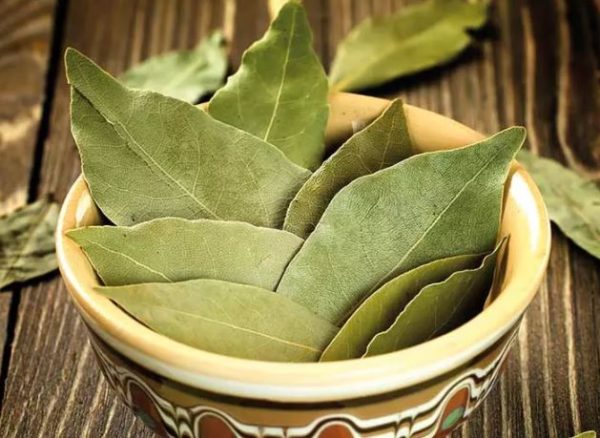Lifestyle
8 incredible health benefits of Bay leaf

Bay leaf (scientifically known as Laurus nobilis), is an herb commonly known for its fragrance and flavor. These aromatic leaves are rich in nutrients. They are primarily used for culinary purposes and are removed from cooked food before eating.
The leaves are native to the Mediterranean region and are found to possess anti-cancer, anti-inflammatory, and antibacterial properties.
Some research states that the leaves may also help manage diabetes, fight inflammation and fungal infections, and reduce cancer risk.
Bay leaf is the aromatic leaf that comes from several plants, including the bay laurel, Indian bay leaf plant, Indonesian laurel, and the West Indian bay tree.
The leaf has a sharp and bitter taste. It is primarily used for its fragrance than its taste. However, in addition to the fragrance, the leaf also has some important benefits.
1. May aid diabetes treatment
Bay leaves also reduced bad cholesterol levels and increased levels of HDL (the good cholesterol) in patients with type 2 diabetes.
Bay leaves may reduce food cravings, thereby reducing body weight. However, more research is required to understand the mechanism of bay leaves on weight loss.
2. May fight inflammation
Cineole, a major compound in bay leaf, was also found to fight inflammation. It achieves this by inhibiting the activation of inflammasome, another compound responsible for the activation of inflammatory responses.
3. May help reduce cancer risk
A study conducted on human cancer cell lines concluded that bay leaf extract showed promising results as an anticancer agent. Cineole, the main compound in bay leaves, was found to suppress the growth of leukemia cancer cell lines.
Bay leaf was also found to be effective in breast cancer therapy. A study found that the leaf extract induced cell death in breast cancer cell lines.
In a study, incorporating ingredients (including bay leaf) into foods showed positive results in the prevention of colon cancer.
4. May help fight fungal infections
Studies highlight the antifungal properties of bay leaf, especially against candida infection. The leaf can prevent the adhesion of candida to the cell walls, thereby keeping it from penetrating the membrane.
5. May aid wound healing
In rat studies, bay leaf was found to contribute to better wound healing than the control. In terms of healing wounds, it did show beneficial effects.
6. May treat respiratory issues
Bay leaf extract may be used to treat respiratory problems. A study showed antibacterial activity of the leaf extracts against some organisms, like Staphylococcus aureus. This leaf extract is strong against the methicillin-resistant Staphylococcus aureus.
7. May improve skin health
As per one study, bay leaves can act against skin rashes. These leaves can also help prevent wrinkles and relieve skin from stress. However, more research is required to understand the benefits bay leaves can have on human skin.
8. May aid dandruff treatment
Anecdotal evidence suggests that bay leaf may treat dandruff and reduce hair loss. Bay leaf oil and a rinse made from these leaves were found to be effective in treating hair loss and dandruff.
These leaves are also used to treat head lice effectively. However, more scientific research is required to understand the use of bay leaf in this regard.







